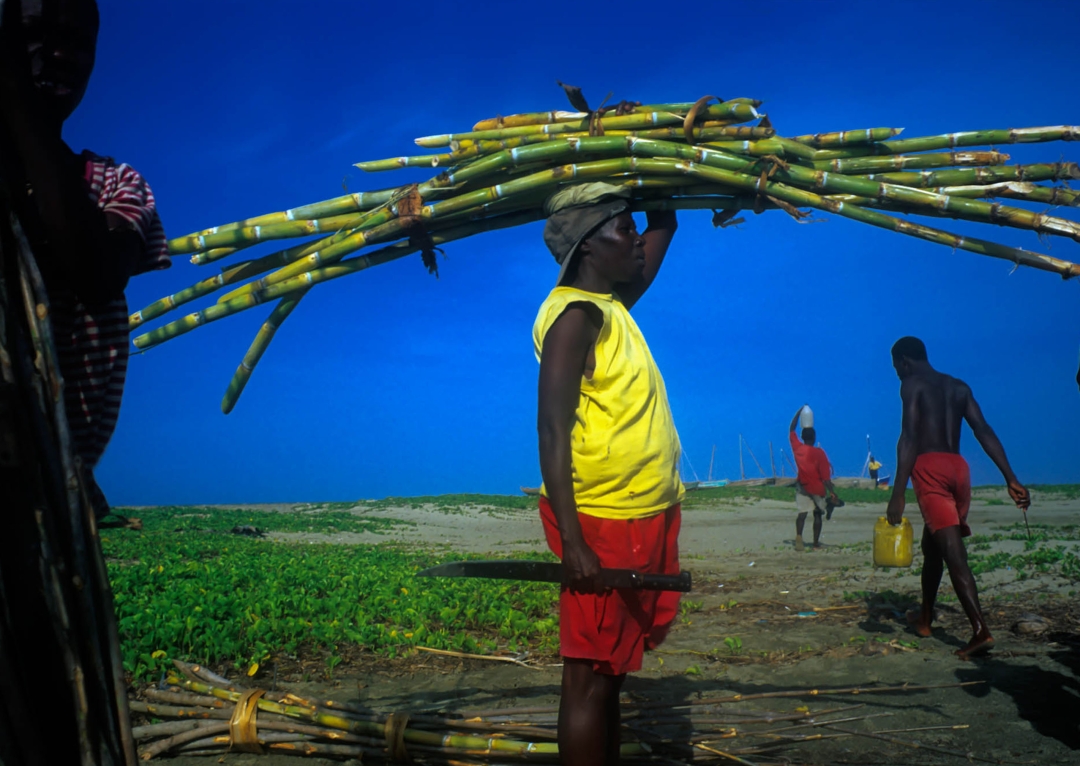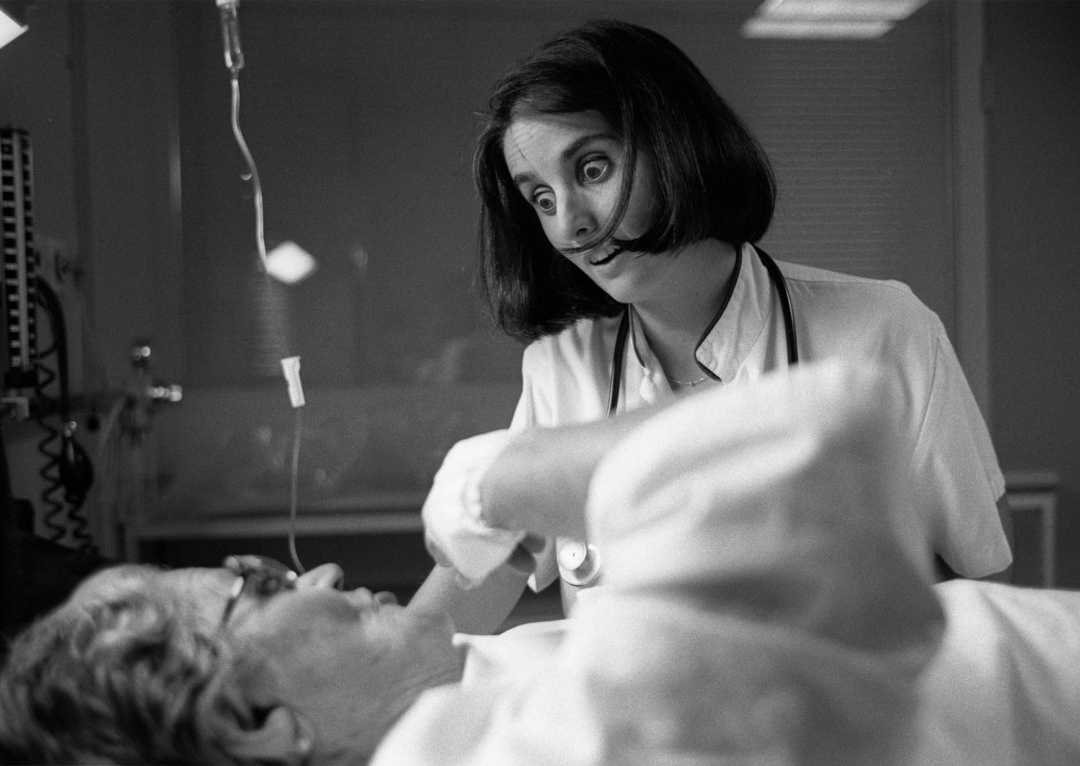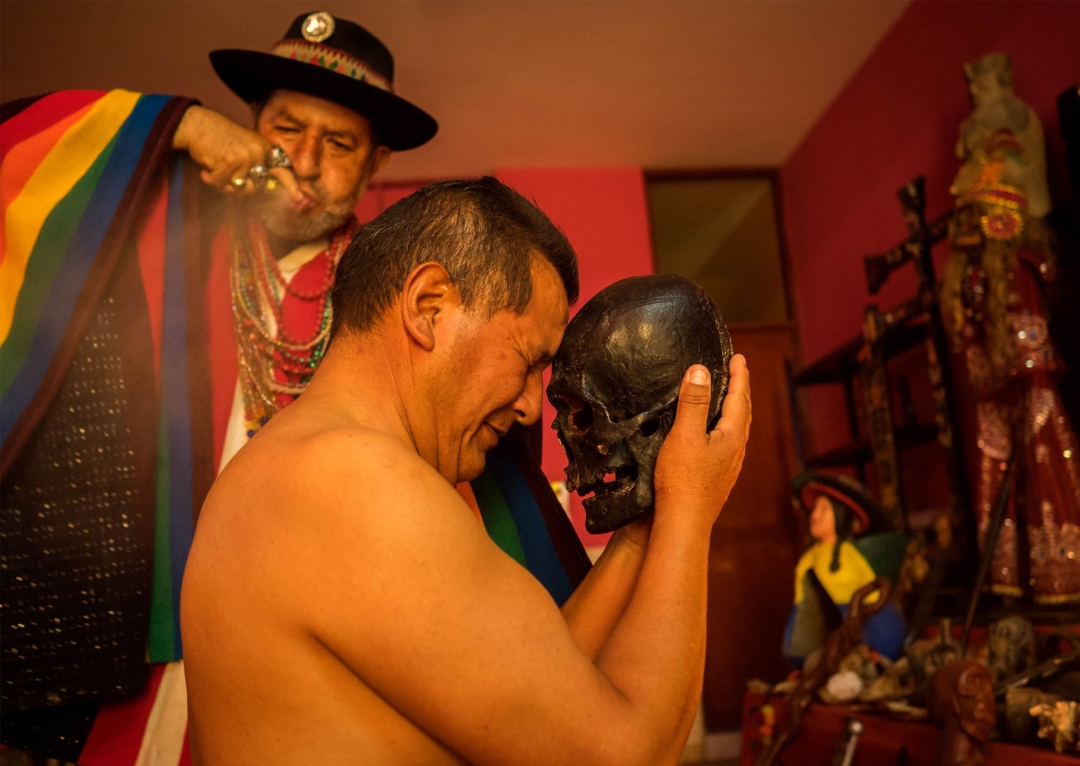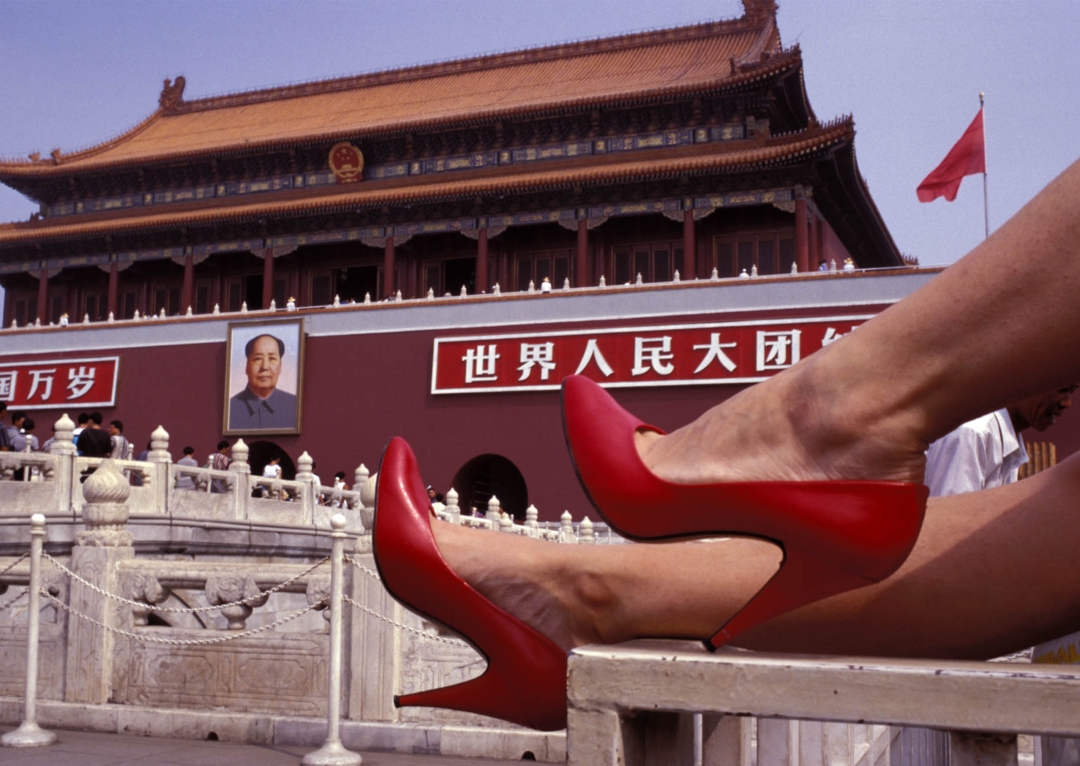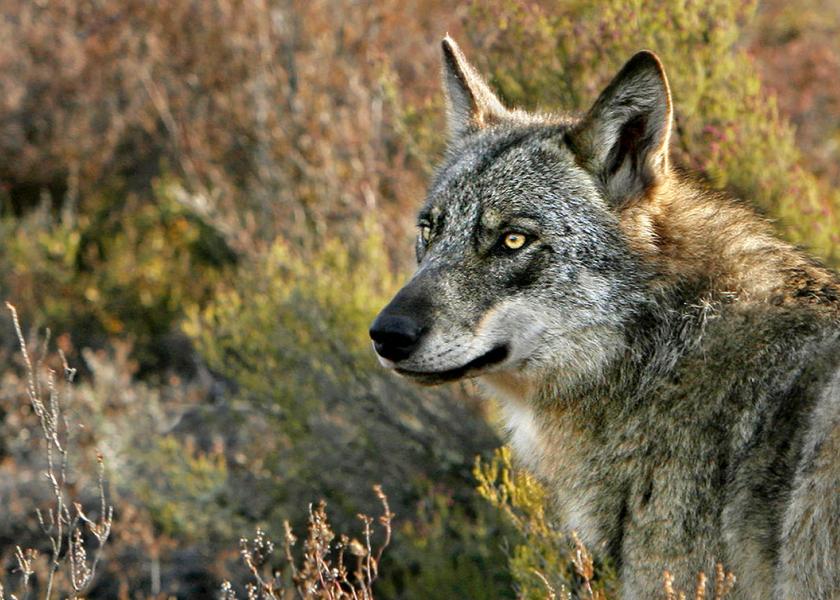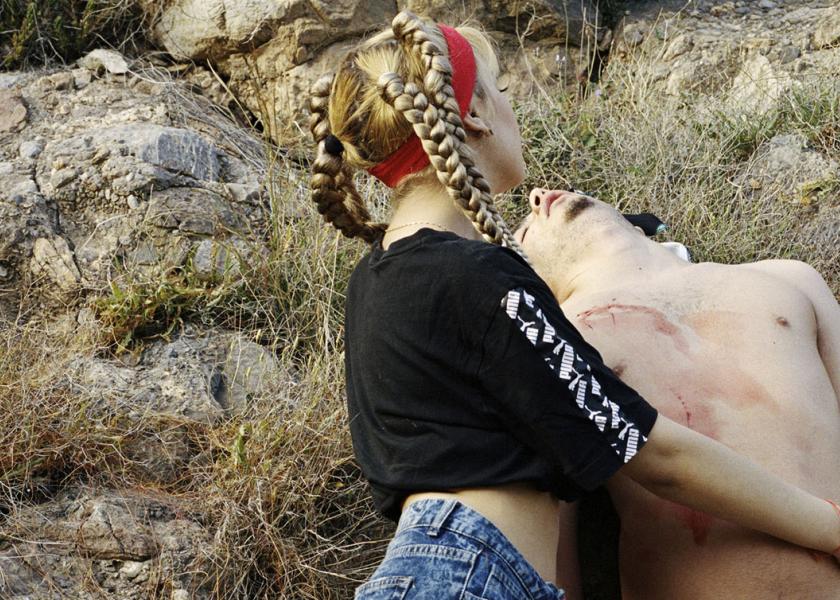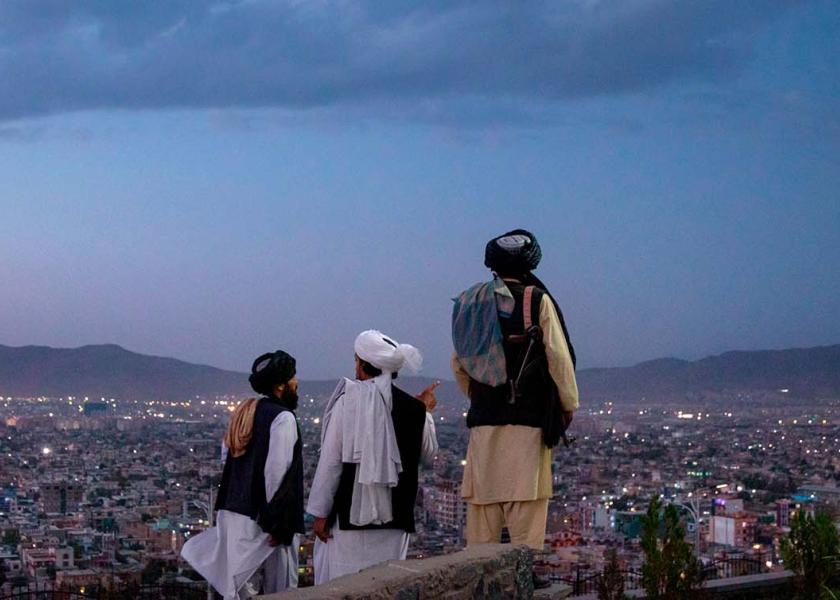Tino Soriano
The heart of photography
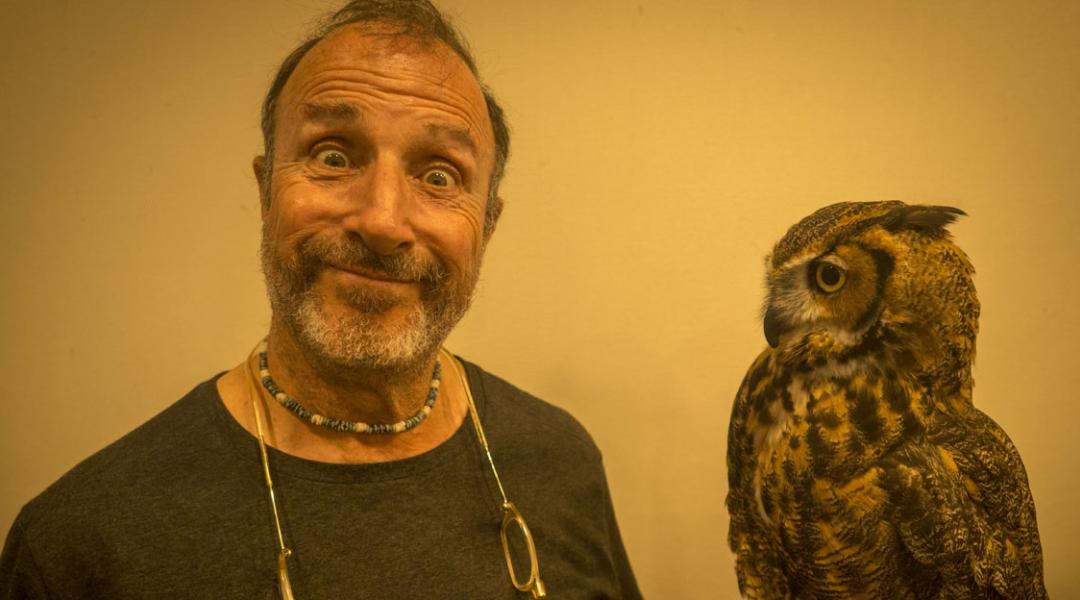
His love for photography started at the age of 17, although he received his first professional commission when he was 37, precisely for 'Ronda' magazine by Iberia. Today, three decades later, Tino Soriano is one of the most internationally-acclaimed Spanish photographers for his travel photographs, but also for his more medical shots. His motto: always being five metres away from the action.
90% of the photos signed by Tino Soriano (Barcelona, 1955) are taken with a simple 35-mm angle lens. He doesn’t use zoom, flash, tripods, or large cameras. “I’ve worked my whole life with minimal equipment. Discrete equipment contributes to more natural photos,” he admits. Behind this simplicity is a photographer with great technical skill, a humanist perspective of reality, and an innate talent for capturing spectacular shots. These are the three pillars that support his work, specialised in travel and the world of medicine, which has won him the World Press Photo, three Humanity Photo Awards by UNESCO, the Canon-Europa Award by the World Health Organization (WHO), and the FotoPres on five occasions, to name just a few, besides being a frequent photographer for National Geographic.
None of this is overwhelming to Soriano himself, who lists humility, patience, and not taking himself too seriously as the foundations to build a photographer’s talent. “You’re simply a human being who has a fun but not that simple job, but never a god. Too much ego is bad for this profession. The important thing isn’t the photo or the photographer, but the subject being photographed.” And what role does talent play? “Without perseverance, it’s of little use. Talent in my work is what you’ve experienced, learnt, and reflected on, as well as your ability to stand back up after every failure,” he affirms. While preparing for his imminent photo expedition to Benin, Togo and Ghana, he takes some time to chat about the heart of photography while putting the final touches on some of his projects: an exhibition about children with cerebral palsy, another about multiculturality in Banyoles, and a new book for Anaya PhotoClub.
“Talent in my work is what you’ve experienced, learnt, and reflected on, as well as your ability to stand back up after every failure”
Do you remember the first time you thought photography was your thing?
The day that I saw a scene I’d photographed a few hours earlier appear on a blank sheet of paper. I was spellbound by that immediacy and the possibility of freezing time. I thought, this is magic. At that moment, I decided I’d work as a photographer.
And what attracted you to the healthcare sector to start out specialising in medical photography?
Before becoming a professional photographer, I worked at Sant Pau Hospital, first as an administrative assistant and then as director of the Medical Photography department. So I was already really familiar with this field. I also don’t faint in operating rooms! (laughs).
You were a pioneer in portraying the stories of patients, like your well-known report on childhood cancer (El futuro existe). Despite how hard those images are, you managed to express a huge amount of vitality. How did you do it?
With empathy. It’s impossible to do good photojournalism without stepping into the shoes of others. It involves understanding what’s happening, being aware that, with your images, you raise awareness about problems that are often swept under the rug.
“It’s impossible to do good photojournalism without stepping into the shoes of others. It involves understanding what’s happening”
Do you have to understand what you see to be able to photograph it?
Undoubtedly. If you don’t know how to distinguish the soul of what you’re photographing, you just scratch the surface. They’d just be illustrative photos that are easily forgotten.
What do you feel when your photographs become a social criticism and manage to change a situation?
Photography is a small universal tool that, until now —before Photoshop and fake news—, could contribute to changing things, precisely because of the credibility it provided. This is because anybody, no matter the language they speak, can understand the meaning behind an image. The best photos surprise you from the start and then invite you to reflect.
And what should a good photo have to move us?
Magic. It’s something that, as my master Elliot Erwitt used to say, you need to have in your toolbox. There are no foolproof formulas to achieve it, but if the photographer themselves is moved, they can convey those feelings.
And, for you, who learnt photography by yourself from Kodak manuals and books by Antoine Desilets and John Hedgecoe, is technique not as important in that magic?
Real photography often starts when you forget about the technique. I’ve written several photography books and they include hardly any technical information. My most sold book, Ayúdame a mirar, is 546 pages long and there isn’t a single line about technology. Good photography is intangible. It’s like driving. I don’t need to know how my car’s engine works to go from one place to another, which doesn’t mean that I refuse to know stuff about my car.
What’s the worst thing about photography becoming more universal?
How it’s used. False images that illustrate fake news, AI-generated images that seem real, banal images that overwhelm the senses and, lastly, the shame of looking at exceptional photos on the tiny screens of many phones.
“If you gave me the means to travel around the world a fourth time tomorrow, I’d do it without a second thought”
Do you look for stories or are you commissioned them?
Half and half. A commission is always welcome because it’s a challenge and I enjoy that pressure. I understand the personal stories that I look for as a practice that helps me grow as a photographer, because I work without deadlines and I can experiment and, therefore, learn more.
Do National Geographic commissions require a lot of preparation?
They provide you with some information, but there’s another part of personal research and a high proportion of surprise when faced with the experiences provided by everyday life while working.
You’ve travelled around the world three times. Are you tired of travelling?
No! If you gave me the means to travel around the world a fourth time tomorrow, I’d do it without a second thought (laughs). My curiosity to get to know the time I’ve been given to live in is insatiable and stimulates my life; it’ll last until my eyes close for the last time.
